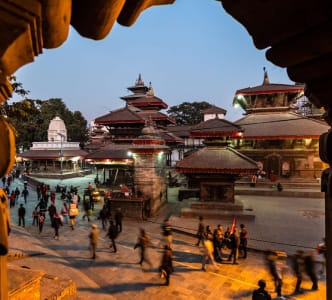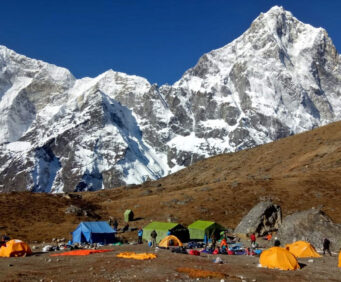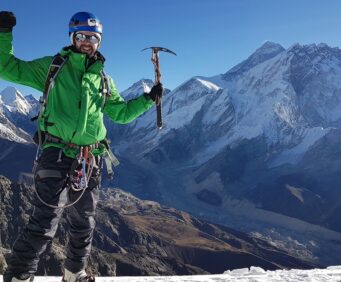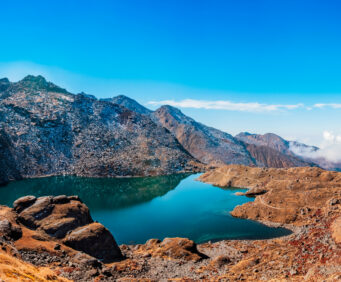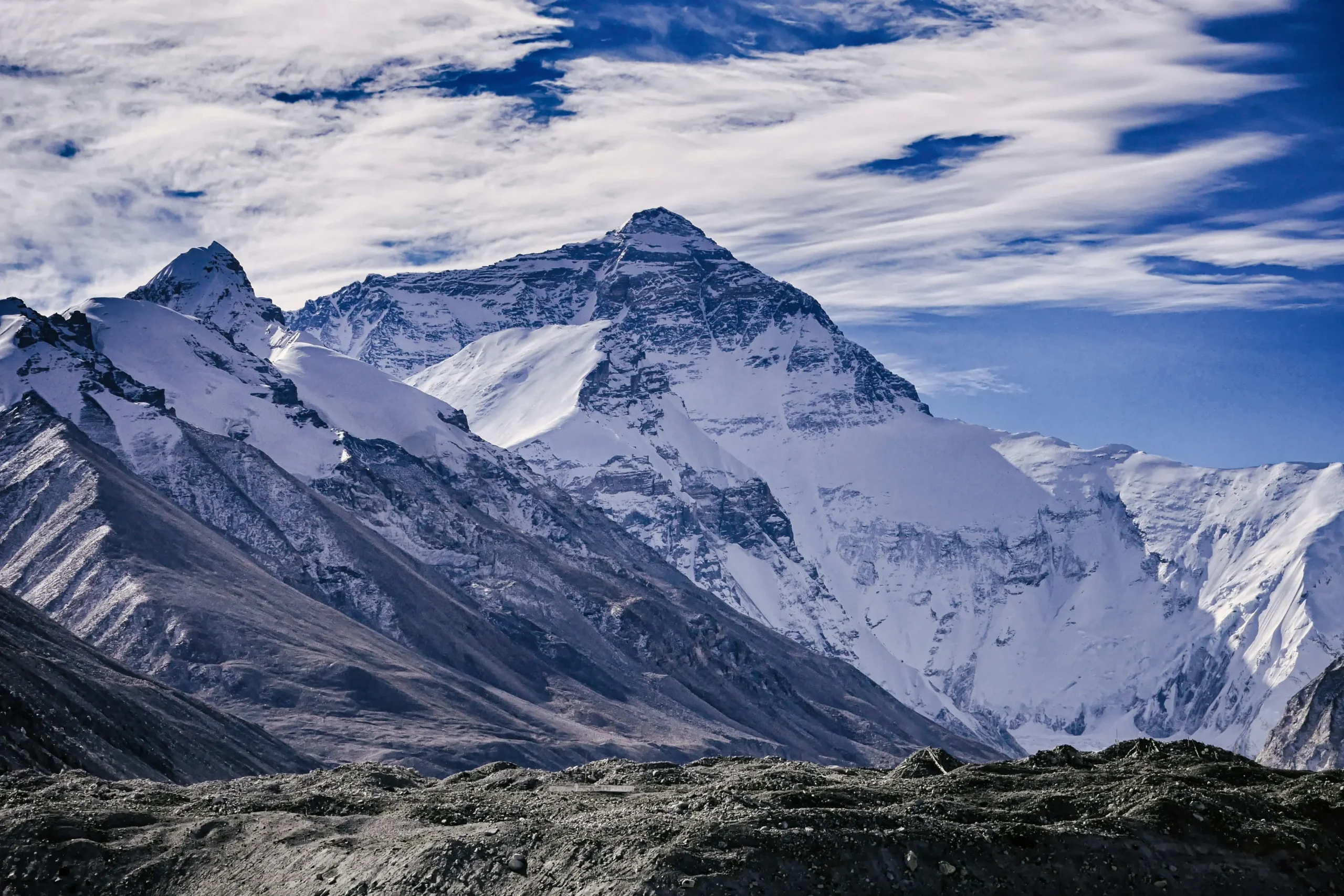
The North Face of Mount Everest: Guide for Climbers and Adventurers (2025 Guide)
13th July, 2025 - Posted By: Himalayan AbodeIntroduction
The north face of Mount Everest stands as one of the most formidable and legendary challenges in the world of high-altitude mountaineering. Rising steeply above the Tibetan Plateau, this side of Everest is renowned for its technical difficulty, extreme weather, and storied history. In this comprehensive guide, you’ll discover everything you need to know about the north face of Mount Everest, including its geography, climbing routes, dangers, historical ascents, and essential tips for SEO-optimized travel content.
Where Is the North Face of Mount Everest?
The north face of Mount Everest is the imposing northern side of the world’s tallest mountain, located in the Tibet Autonomous Region of China. It rises above the Tibetan Plateau in Tingri County, Shigatse Prefecture, and is accessible via the famous Rongbuk Base Camp at 5,150 meters (16,900 feet).
Geography and Features of the North Face
- Location: Tibet Autonomous Region, China
- Base Camp: Rongbuk Base Camp (5,150 m)
- Terrain: Jagged walls of ice and rock, steep couloirs, and exposed ridges
- Altitude: The north face rises over 3,600 meters (12,000 feet) above the plateau, culminating at the 8,848.86-meter (29,031.7-foot) summit.
The north face is bounded by the North Ridge (meeting the Northeast Ridge) and the West Ridge. Key features include the Hornbein Couloir, Norton Couloir, and the North Col.
Climbing Routes: North Face and Northeast Ridge
Standard North Face Route
- Start: Rongbuk Base Camp (5,150 m)
- Advanced Base Camp (ABC): 6,400 m
- North Col (Camp 1): 7,000 m
- Camp 2: 7,500 m
- Camp 3: 8,300 m
- Summit Push: Via the Three Steps and the Northeast Ridge to the summit.
Alternative Routes
- Hornbein Couloir: A steep, technical gully rising from 8,000 m to 8,500 m, known for its 47°–60° inclination and extreme difficulty.
- Norton Couloir: Slightly less steep but still highly challenging, used in legendary solo ascents.
Climbers must negotiate exposed rock, snow, and ice, with technical sections that demand advanced mountaineering skills.
Key Landmarks: North Col, Three Steps, Couloirs
| Landmark | Elevation (m) | Description |
|---|---|---|
| North Col | 7,000 | The saddle between Everest and Changtse, gateway to the Northeast Ridge |
| First Step | 8,500 | Rocky outcrop, first of three technical obstacles on the summit ridge |
| Second Step | 8,610 | Near-vertical rock wall, most difficult section, often equipped with a ladder |
| Third Step | 8,710 | Final rock barrier before the summit |
| Hornbein Couloir | 8,000–8,500 | Steep snow and ice gully, extremely technical and dangerous |
| Norton Couloir | 8,300–8,700 | Another steep gully, used in several historic ascents |
History of North Face Expeditions
Early Attempts
- 1921–1924: British expeditions led by George Mallory and Andrew Irvine pioneered the north face approach. Mallory and Irvine disappeared in 1924; Mallory’s body was found in 1999 below the north face.
- 1960: First successful summit from the north face by Chinese climbers Wang Fuzhou, Qu Yinhua, and Gongbu via the Northeast Ridge.
- 1963: Americans Tom Hornbein and Willi Unsoeld made the first ascent of the Hornbein Couloir, crossing from the West Ridge to the north face.
Modern Era
- The north face remains less trafficked than the south, with fewer climbers and greater isolation. Notable solo and oxygen-free ascents have been achieved here, including Reinhold Messner’s legendary 1980 solo climb via the Northeast Ridge and Norton Couloir.
Dangers and Challenges Unique to the North Face
- Extreme Altitude: The “death zone” above 8,000 meters has only one-third the oxygen of sea level. Prolonged exposure is life-threatening.
- Severe Cold and Wind: Temperatures can drop below -30°C, with wind chills reaching -50°C. Winds often exceed 100 km/h.
- Technical Terrain: The Second Step (8,610 m) is a near-vertical rock wall, requiring advanced climbing skills and sometimes a ladder for passage.
- Avalanche and Serac Danger: Steep snowfields and unstable seracs increase the risk of avalanches, especially after fresh snowfall.
- Isolation: Fewer climbers, limited rescue infrastructure, and helicopter restrictions in Tibet mean help is often far away.
- Frostbite and Altitude Sickness: Common due to harsh weather and thin air.
North Face vs. South Face: Which Is Harder?
| Feature | North Face (Tibet) | South Face (Nepal) |
|---|---|---|
| Base Camp Altitude | 5,150 m | 5,364 m |
| Key Obstacles | Second Step, Hornbein/Norton Couloirs, exposed ridges | Khumbu Icefall, Lhotse Face, South Col |
| Technical Difficulty | Higher above 8,000 m, especially at the Second Step | High at Khumbu Icefall, but more support |
| Weather | Colder, windier, more exposed | Slightly milder, more stable |
| Rescue Infrastructure | Limited, no helicopters | Better, helicopters allowed |
| Popularity | Less crowded, more isolated | More crowded, better facilities |
The north face is generally considered more technical and dangerous above 8,000 meters, while the south face poses greater risks in the lower sections due to the Khumbu Icefall.
Permits, Logistics, and Best Season
- Permits: Climbing from the Tibetan side requires a permit costing around $16,000 per person, with strict regulations and quotas.
- Access: The journey begins in Lhasa or Shigatse, with road access to Rongbuk Base Camp.
- Best Season: Spring (April–May) and autumn (September–November) offer the most stable weather for north face expeditions.
- Rescue: Limited on the Tibetan side; climbers must be self-sufficient and prepared for emergencies.
Frequently Asked Questions
Is the north face of Mount Everest harder than the south face?
The north face is more technical above 8,000 meters, with steeper, rockier terrain and fewer support services. The south face is more popular but has the dangerous Khumbu Icefall in its lower sections.
What are the main dangers on the north face?
Climbers face extreme cold, high winds, technical rock climbing at the Second Step, avalanche risk, and limited rescue options.
Who first climbed the north face of Mount Everest?
The first confirmed ascent from the north face was by Chinese climbers Wang Fuzhou, Qu Yinhua, and Gongbu in 1960.
What is the best time to climb the north face?
Spring (April–May) and autumn (September–November) are considered the best seasons due to more stable weather.
How do you reach the north face base camp?
Access is via road from Lhasa or Shigatse in Tibet to Rongbuk Base Camp, located at 5,150 meters.
Conclusion
The north face of Mount Everest is a legendary arena for elite climbers, marked by its technical routes, extreme environment, and rich history. Whether you’re planning an expedition or seeking to create the best travel content, understanding the geography, routes, dangers, and logistics of the north face is essential.
Recent Posts
